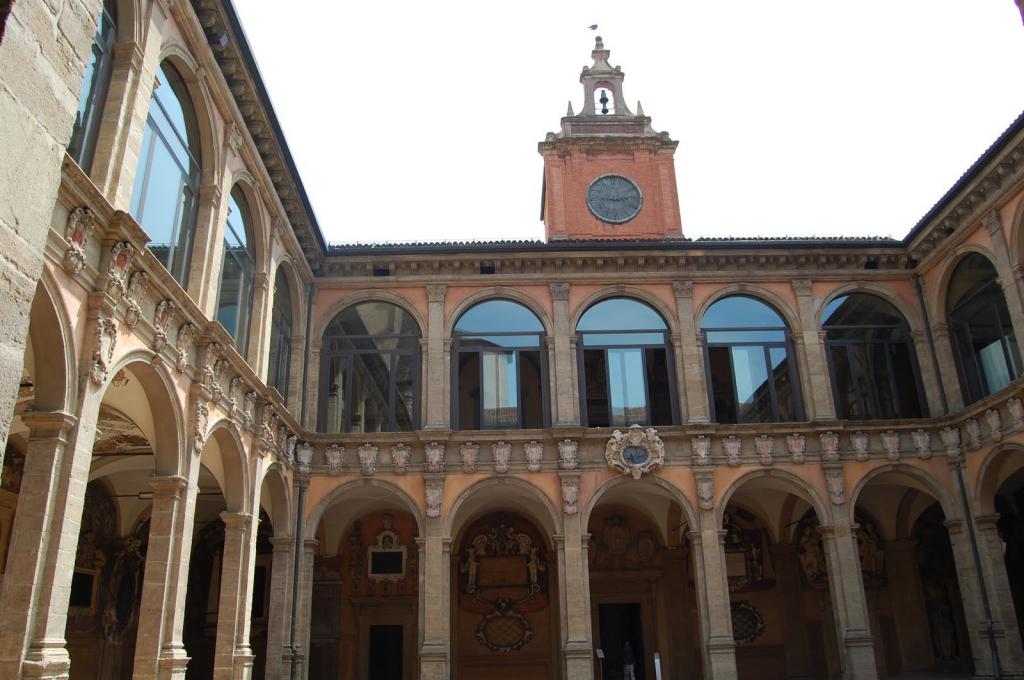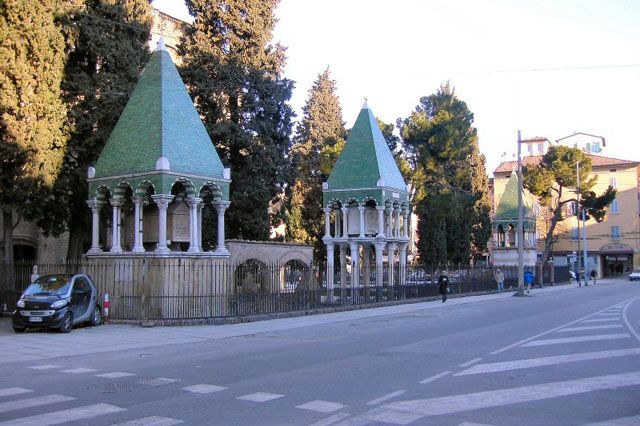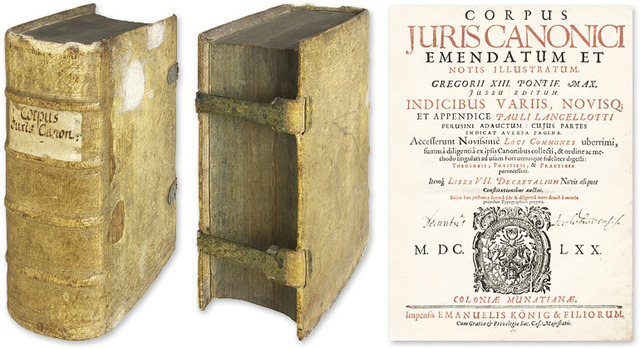The reception of Roman law refers to one of the important processes that took place in the feudal era in the western part of Europe, starting from the XII century. The word "reception" in Latin translates as "acceptance", which in the case of Roman law is a processing and assimilation of its normative and theoretical core.
In the end, the system and reception of Roman law became acceptable for the regulation of relations characteristic of a higher level of social development. It should be noted that private Roman law was perceived, while public law ceased to exist simultaneously with the fall of the Roman Empire.
European law after the fall of Rome
After Rome fell under the onslaught of barbarians, a number of states formed on its territory that continued to apply its legal norms. For example, this happened in Spain, Gaul, and collections of legislation based on Roman law began to be produced here.

So, in 506, during the time of Alaric II, who ruled the Visigoths, one of these documents was published. In the Byzantine Empire, in 529-534, the Justinian Code was developed, which became the basis for the subsequent development of the Roman system of law. At the same time, customary law continued to operate on parts of the territories, which were distinguished by their unusual diversity and came into conflict with each other and with the provisions of Roman law. In this regard, as well as for a number of other reasons, interest in the Roman legal heritage not only did not fade, but, on the contrary, received its further development after centuries. Let us consider these reasons in more detail.
Reasons for the reception of Roman law
Among the factors contributing to the perception of the norms of the Roman legal system, the following can be distinguished first of all:
- The high level of law developed by Roman lawyers, which was characterized by the fact that it was attended by a number of ready-made institutions regulating the relations of developed commodity circulation, clarity and transparency of norms, freedom from national restrictions, universal features, vast territory of application, and high scientific authority.
- The disadvantages of local legal customs, which were archaic, the presence of a large number of gaps, contradictions and ambiguities in interpretation.
- The desire of the kings in connection with the strengthening of their power to weaken the value of folk customs, and with them the significance of the courts guided by them. In this regard, judges were appointed, possessing knowledge of Roman law.

- The presence of legal provisions to help substantiate claims for unlimited royal power, which was necessary for the sovereigns in the fight against the feudal lords and representatives of the supreme church authority.
- The expansion of the opportunity for royal persons to unite under their control more and more territories, covering them with a single system of law.
- The use of Roman law in the Holy Roman Empire, which was considered the recipient of the former state and established at the end of the 15th century the General Imperial Court. When resolving cases, he was primarily obliged to be guided by the provisions of Roman law and only after that “look back” at the norms of German “good” law, to which the parties to the dispute referred. In the future, this led to a direct and immediate perception of the rights of the Romans in Germany in the XVI-XVII centuries.
- Increasing interest in the values of ancient heritage and in Roman law, among them.
The following can be considered a generalized description of the premises of reception of Roman law in Western Europe.In the XII century, there was a rise in the development of industry and trade, which required a transition from the application of a backward ordinary system of law to a more progressive one. To one that, going beyond the boundaries of fragmented feudal estates, could embrace and give impetus to the development of new bourgeois relations.
The stages of reception: study and interpretation in the XII century
The reception of Roman law was a very complicated process, which had different forms at different times. They are expressed in the borrowing of individual parts, their processing in relation to local needs and assimilation in the form of application already as an organic part of their own legal system. Briefly describe the process of reception of private Roman law as follows.

First stage. AT XII century Roman laws and theoretical legal calculations became the subject of close study in the university environment in Italy. The beginning was laid by the famous Bologna lawyer Pepo, or Pepino, a former private law teacher. He was the forerunner of the glossary movement at the Bologna School of Art, which later became the University of Bologna.
Pepo, and after him, Irnery (professor of law) became interested in the Code of Laws of Justinian. Initially, their study took place in the form of short comments that were made on the margins of manuscripts and between their lines. Such comments were called “glosses” and gave the name to two schools: glossators and post-glossators (the latter will be discussed in more detail below).
Distribution in the XIII-XVII centuries
Second phase. In the 13th century, one of the most famous Italian lawyers, Francis Akkursiy, created a collection of commentaries (glosses) of his predecessors and contemporaries. This work made a very great impression and became the handbook of judges, bringing the author the glory of the first lawyer of the Middle Ages.

Postglossators is an Italian school of law that replaced the glossators in the mid-14th century. The latter are characterized by the adaptation of Roman law to application in the judicial system. Its prominent representatives were Bartolo Sassoferrato, Baldo Ulbadis, Mainus and others.
They interpreted the work of glossators regarding legal concepts and extracts from the codification of Justinian in order to develop a common scientific opinion. They did a great job of harmonizing Roman legal structures with the norms of ordinary, city and church law. It was in this form adapted to feudal conditions that Roman law was introduced into the judicial systems of the countries of the European West.
Processing and perception in the XVIII-XX centuries
In this period related to the third stage reception of Roman law, the latter in a revised form becomes effective. Basically, it was perceived in the form of the so-called pandect, that is, based on the Pandects, or Digestin Justinian, as, for example, in German countries. This was a private law, in the form of extracts from laws and other legal acts of Roman legal authorities.

And also the institutional system was adopted, which was based on the Guy Institutions, and after them the student textbook published under Justinian and elevated to the status of law. Their structure corresponded to the division into persons, things, obligations and claims, it had its influence on the construction of further European civil legislation.
Other perceived traits
In addition to the above, it is characteristic of pandemic law to divide it into branches, within which, in turn, a differentiation of the general and special parts of codified documents is traced. These features are clearly visible on the example of the French Civil Code, adopted in 1804, the German Civil Code of 1896, and modern Russian civil law.
Today, the legal systems of European countries, which are based on the reception of Roman law, have merged into a single family, called the "Continental", or "Romano-Germanic". It includes Russia, Germany, France, Italy, Switzerland, Spain, Portugal and other states.

Value
The reception desk of Roman law acquired a value that can hardly be overestimated. It consists in a powerful influence on the process of further development of the legislative framework of European countries. As well as the development of legal and political doctrines of society, which is based on the priority of private ownership of property. Roman law is one of the great historical legal phenomena, the knowledge of which no educated lawyer can do.
